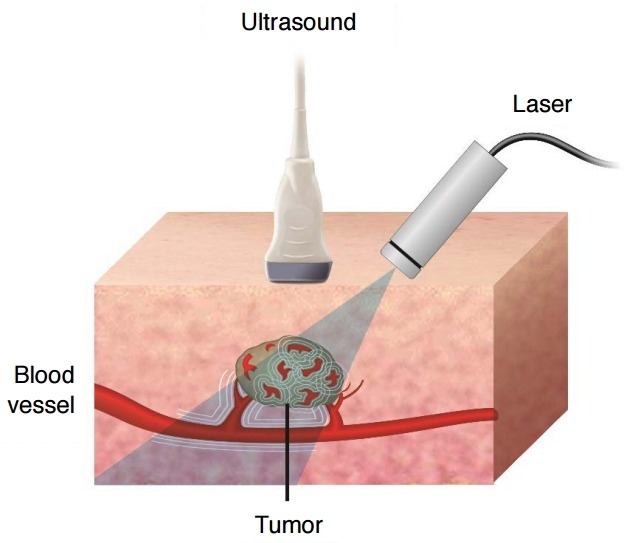Fig. 1. Principle of photoacoustic effect and imaging.

When a tissue is exposed to pulsed near infrared laser, the tissue constituents such as hemoglobin, lipid, water, collagen, etc. absorb light and undergo thermoelastic expansion, thereby emanating ultrasound signals (photoacoustic effect). An ultrasound transducer can thus detect these laser-induced ultrasound signals (photoacoustic signals) and facilitate photoacoustic (or optoacoustic) imaging. Each of these bio-absorbers can be targeted by irradiating tissue at its corresponding dominant absorption wavelength. Hence, by using a tunable laser operating at the relevant wavelengths of interest, one can obtain multiple photoacoustic images that can be spectrally resolved to allow assessment of the tissue composition based on endogenous contrast. For example, by assessing blood oxygenation in the tissue, contrast obtained from photoacoustic imaging can potentially be helpful in detection, characterization, and monitoring of cancer.
